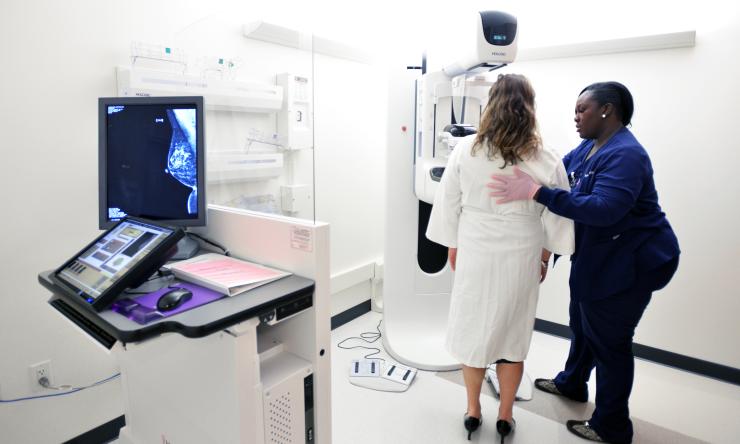Know your risk for breast cancer
While some causes of breast cancer, such as genetic causes, are unavoidable, there are some risk factors that are within our control. Dr. Julie Nangia, associate professor and medical director of breast oncology at the Dan L Duncan Comprehensive Cancer Center at Baylor College of Medicine, explains steps you can take to lower your risk.
“The strongest risk factors for breast cancer are things that we cannot change such as a family history of cancer, dense breast tissue and never having children. Other risk factors are beginning menstruation at an early age (younger than 12), beginning menopause at a later age, drinking more than three alcoholic beverages/week, having a high body mass index (above 25) and lack of exercise,” Nangia said.
In younger women, the biggest risk factor for developing breast cancer is hereditary cancer syndrome, caused by mutations in genes like BRCA1 and BRCA2. Nangia leads a breast cancer prevention program at the Duncan Cancer Center for patients with a family history of breast cancer. Her team may advise genetic testing for hereditary cancer syndrome genes based on family history. Patients at high-risk for developing cancer may be prescribed medications such as tamoxifen, a drug used to treat breast cancer that can also reduce the risk of developing cancer. Patients with lifetime risk of greater than 20% determined by risk models may also be advised to obtain yearly breast MRIs in addition to mammograms.
Lower risk with lifestyle changes
Studies show that lifestyle changes can prevent 20-30% of breast cancers, Nangia said. Lifestyle factors that can help reduce your risk for cancer include:
- Staying within the normal body mass index range – 18.5-24.9
- Reducing alcohol use to three or fewer drinks per week
- Keeping a regular exercise schedule, such as walking 3-5 hours per week
- Eating a balanced diet with plenty of fruits and vegetables
Some research shows that taking folic acid may help prevent breast cancer in women who drink alcohol. For new mothers, each year of breastfeeding adds protection against cancer, Nangia said.
“I’d encourage breastfeeding to women who are able to do so and are worried about their risk for breast cancer,” Nangia said. “We hear a lot about how good it is for babies, but it is very beneficial for moms as well.”
Breast cancer screening
Breast cancer is usually found either through a mammogram or the detection of a mass, Nangia said. Women with average risk for breast cancer should begin annual mammograms at age 40-50 after discussion with their doctors. Women with a family history of cancer should begin annual mammograms at age 40 or 10 years earlier than the age at which their first-degree relative was diagnosed with cancer (whichever is earlier). Nangia also recommends regular self-breast exams to stay on top of any changes in the breast.
“Breast awareness is really important,” Nangia said. “You’re looking for big changes like a lump or changes in the nipple or skin that don’t go away after two weeks.”
Early detection is the key to curing more breast cancer and decreasing mortality rates. It is also critical to identify high-risk women so they can have more intensive screening with MRIs in addition to mammograms and be offered medications to reduce breast cancer risk, Nangia said.










